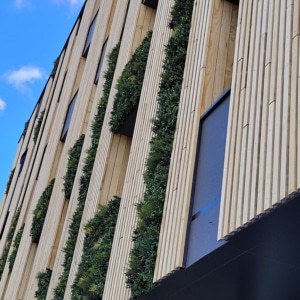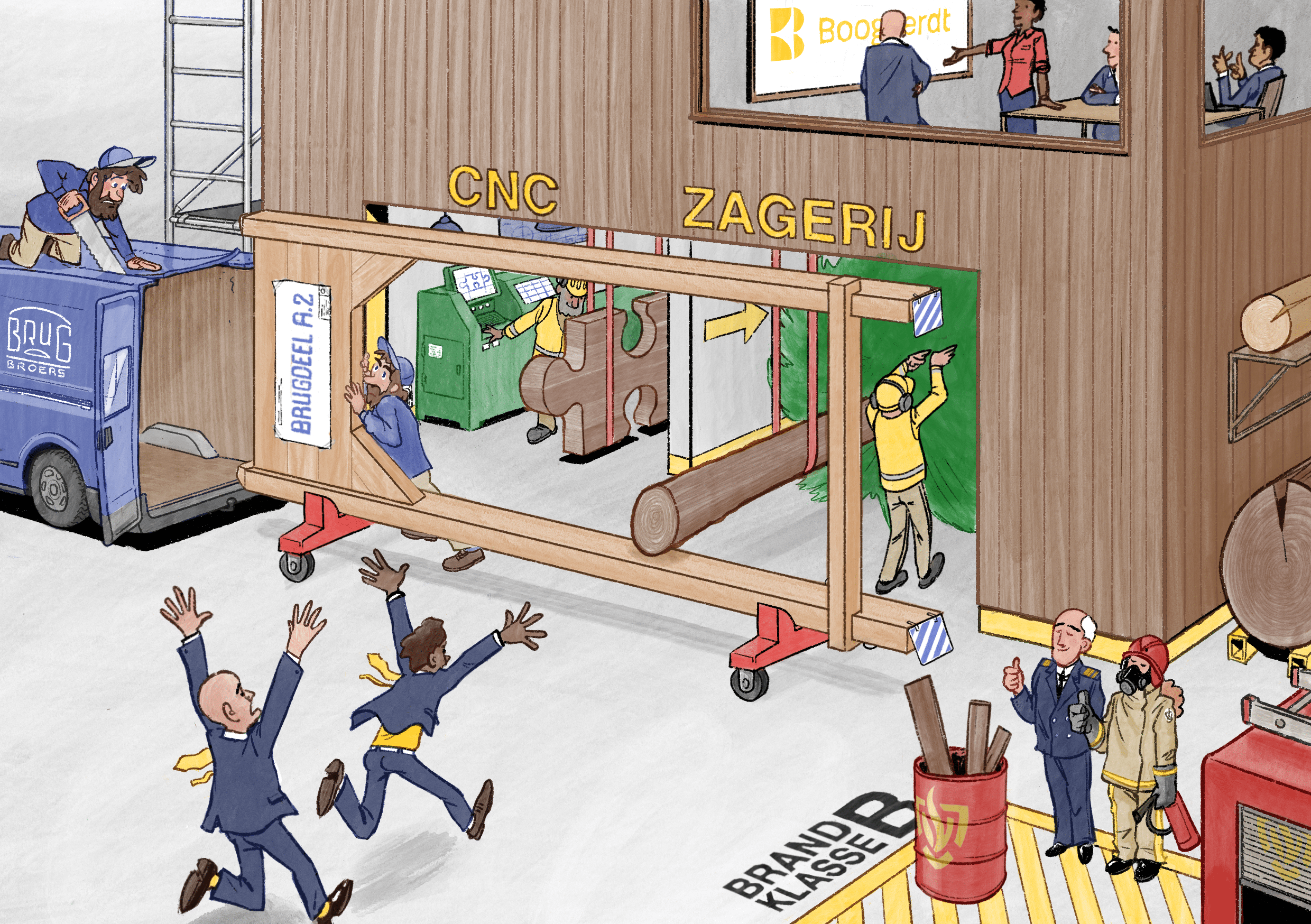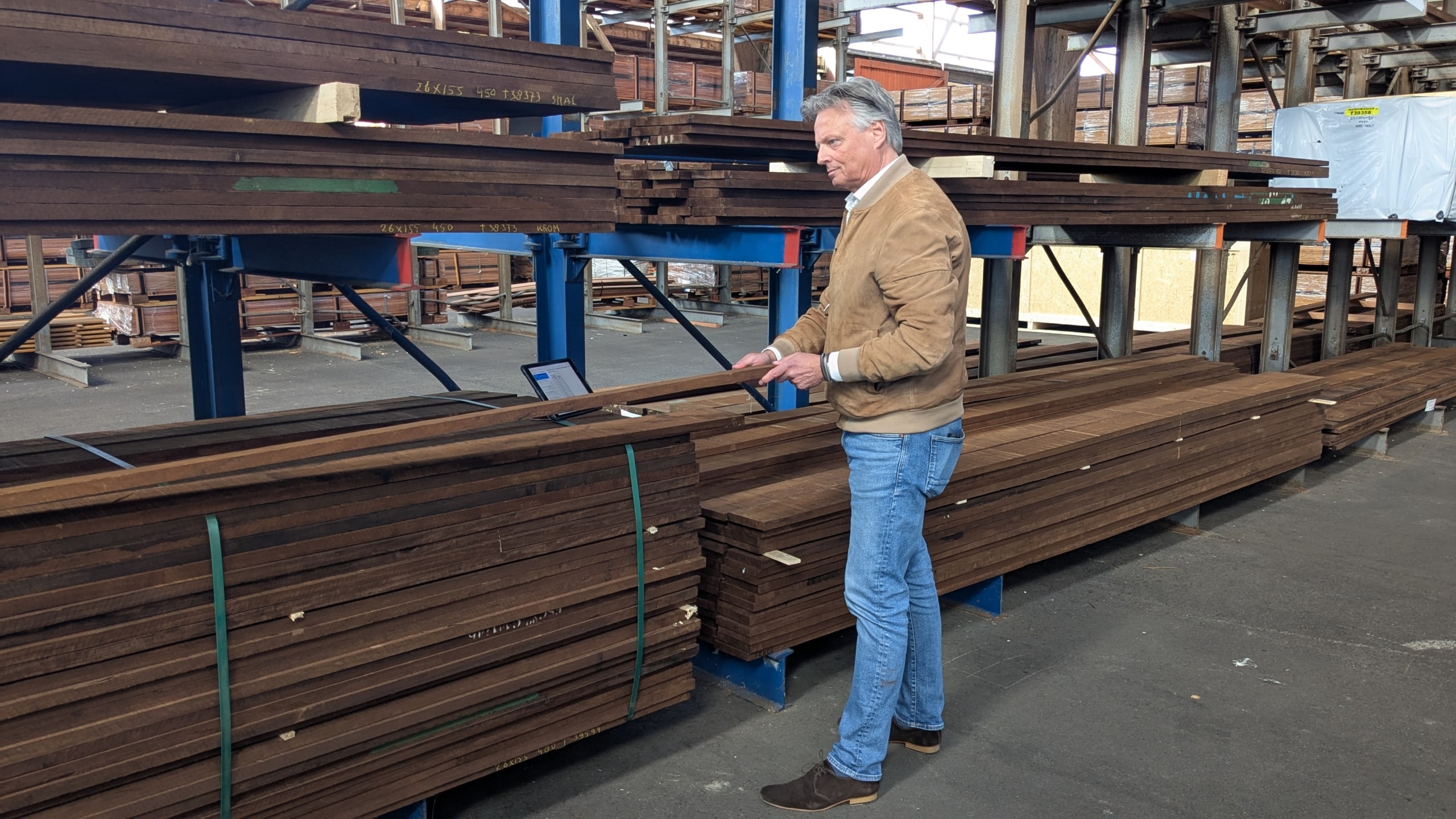To understand the benefits of using acetylated wood, we must point out the importance of acetylated wood that does not absorb water into the cell walls. When you make something out of wood, one of the biggest problem makers is water!
When the wood is dry and well maintained, it is one of the best materials of all time. But if moisture/water is added, the problems pile up. With untreated, poorly treated or unmodified wood, water can cause a whole host of problems, including rotting, warping, swelling, shrinking and being food for hungry insects.
Acetylation prevents the problem at the source; instead of treating wood with a toxic chemical that tries to keep moisture out.
The result is wood that does not rot. It does not deform, swell or shrink and it is not insect food. The acetylated wood offers even more advantages than just preventing traditional problems. It is so dimensionally stable (retains its original shape and dimensions) that it is perfect for coating and has excellent durability. This wood bears the brand Accoya®. Accoya® is acetylated wood. In fact Accoya® the only acetylated wood and in our opinion the only wood for all your future challenging projects with wood.
So you no longer have the traditional risks with wood applications, for example wooden decking boards, cladding, windows, doors, boats, tables, fences, porches, giant wooden sculptures, or whatever you want to make of them. It lasts so much longer than any traditional alternative. Accoya® wood is an investment in the future.
No rot. No shrinking or swelling. No problem!







